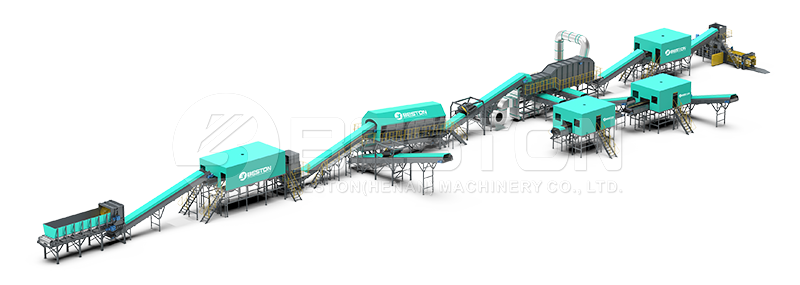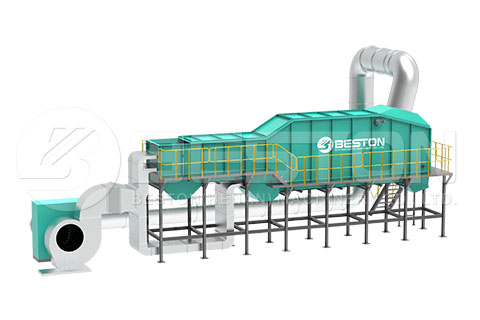The primary purpose behind the design of MSW (Municipal Solid Waste) sorting machines involves reducing the volume of waste while turning the end products into something of value. The MSW sorting plant utilizes various sorting methods which maximizes the separation rates of plastics, organic matter, masonry, metals, along with other substances derived from MSW.

The MSW sorting plant plays an important role when it comes to managing waste in every city. The MSW sorting plants that are effectively operated provide the following advantages:
- As much as 95% of the solid waste in a city can be reused as well as recycled. This can significantly reduce landfill areas along with the odors that surround the dumping sites.
- The MSW sorting plant offers sustainable investments for contractor companies.
- The city can become much more environmentally friendly.
Today it is no longer necessary to have dumping yards that are filled to the max close to any neighborhood or city. The latest technology and machinery is easy to access in order to segregate as well as convert solid waste materials into something reusable.
Specialized Parts Of The MSW Sorting Machine
- Programmable Controller
- The programmable controller is a system that is able to collect signals from all the sensors where they are conveyed to the output control-contractor.
- Rotating Screening Machine
The devices are combined with a number of sorting approaches which is highly suitable to dispose of MSW.
- Winnowing Machine
The separator for solid waste uses mechanically advanced separation techniques which is able to sort waste into 3 types.

The PLC control system monitors the entire working process of the MSW classification line.
End Products of Waste Sorting Plant
This innovative piece of equipment not only recycles waste, but offers a number of useful products. All such products are in high demand in the market. Some of the common products discharged by the plant are listed below.
The plant discharges light waste plastic during the sorting process. This light waste plastic could be further processed into carbon black and fuel oil through the pyrolysis machine and the end products thereon could be directly sold in the market. You can also process light waste plastic into plastic particles through the plastic granulating equipment.
Stone and earth can be used for producing brick. Also, the metal obtained during the sorting process can be sold to the melting industry.
Organic materials that you get after waste sorting are used for producing natural fertilizer or treated into biogas through the fermentation system.
These include wet paper, waste cardboard, textile materials and waste rubber products. Waste rubber can be reprocessed by the waste pyrolysis plant into carbon black and fuel oil. You can reprocess waste cardboard to make new kraft paper. Wet paper, textile materials, and other items could be packed and sold directly.
To conclude, taking time to discover the correct waste recycling systems is going to be crucial, and you also need to ensure that the plant is going to fit where you need it to fit, and it’s going to function with your power needs. A garbage reprocessing plant is a considerable outlay, and you have to ensure that your investment is going to be an excellent one. The plant is going to make your job much straightforward, and it’s worth the outlay because you’ll be able to make cash.